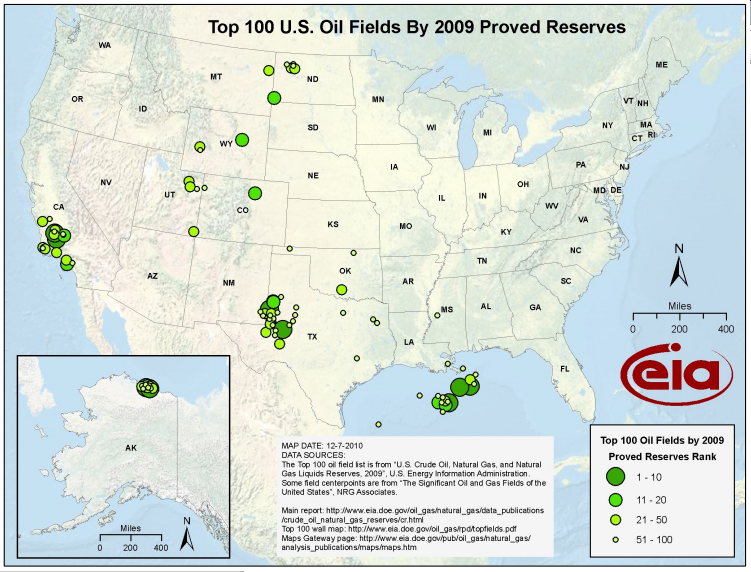A ton of coal is roughly 240 kWh of electricity. At present, the coal mine north of me charges the local power company something like $1.90 /ton for coal. So the fuel cost is about a cent per kWh. The wholesale price of electricty is about $.03/kWh. The retail price of that power is $.15/kWh.
A $24/ton carbon tax would be 10 cents/kWH. That's enough to make people start looking for better ways. Wind and solar start looking very attractive. $100/ton would raise power costs by 50 cents/kWh. Almost any renewable power can be efficient at this level. Note that natural gas releases a lot less carbon per kWh.
But I stray from the question.
The two most promising ways I see at this point:
Reforestation. This is slow to get started, and ultimately buys us only a few decades. A forest will soon (50-200 years) get into equilibrium where decomposition and photosynthesis balance.
Charcoal in the soil. Charcoal does not degrade rapidly, and has positive effects on the nutrient storage capability of the soil. The science is still new, and not well understood. Google 'terra preta'
For this to be successful, all it would take is a reasonable way to heat a barn using a charcoal generator fueled with farm waste (corn stalks, straw, moldy hay) In a nutshell, you need to burn roughly twice the fuel, but half of it is turned into charcoal, which you can either put on your own fields, or sell. The science of this is still new. Stay tuned.
There are other possibilities. Fertilizing the oceans with iron comes up, but I don't think we understand oceanic ecology well enough. It would be a bitch to measure progress. At least with charcoal and trees, we can make good estimates of how much carbon is there.
The power plant near my home looked at a pilot plant for extract CO2 from the exhaust stream, and storing it underground. It looked like a 10% cost in plant efficiency, and a large increase in plant cost.
You asked about costs.
http://www.fas.org/sgp/crs/misc/R40562.pdf
cites cost ranging from 200 to 2000 dollars per acre.
Forest biomass:
http://news.mongabay.com/2009/0717-forest_carbon.html
cites an average of 377 tons/acre averaged across 18 sites.
So if you are willing to wait, the cost is somewhere between 50 cents and 5 bucks per ton.
If the 10% efficiency loss for CO2 separation at the power plant and deep well injection is correct, then since a state of the art coal plant is about 45% efficient, it would increase the cost of power by 45/35. Your ton of coal produces 240 kWh at 3c or about $7.20 This would raise the price by around $2. Now the separation process is only about 70% efficient. (Making it more efficent makes the power plant less so.) So first order ballpark cost is around $3 per ton of carbon. It would be lower for natural gas and oil fired plants since they get more energy per ton of carbon.
The charcoal sequesterization, if a workable system can be made, actually MAKES money. Many crops produce enough residual plant matter that what to do with it is an issue. Not all of it can be used for feed, and all too often growers will bale it just to get it off their field. Significant amounts are burned in outside furnaces to provide heat for livestock sheds, shops, etc. It should be a simple redesign to make charcoal makers, which would get only half the heat per bale, but produces charcoal as a byproduct. The farmer wins with more productive fields as he works this into his land, mostly showing up as decreased fertilizer cost, fewer crop failures, and higher production -- maybe. Quantifying this is difficult to impossible because we are at the cutting edge of soil science with carbon. It will also be a tough initial sell. I would expect a charcoal maker to be 2-4 times as expensive to make as a bale burner.
This is a process that will work with a lot of municipal waste too that would otherwise fill landfills.


